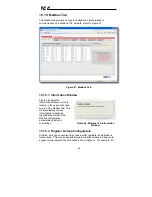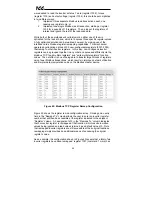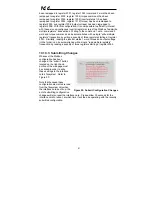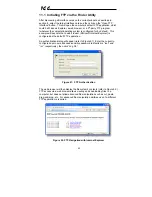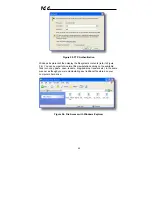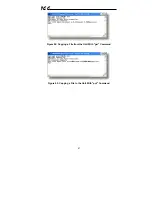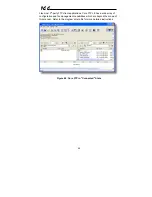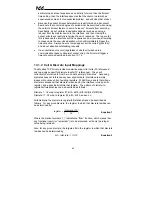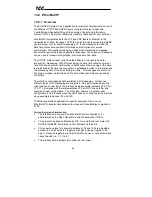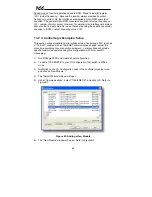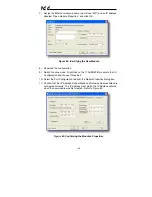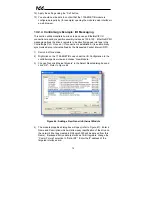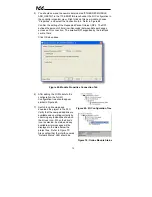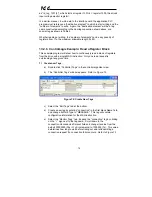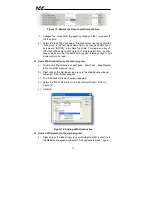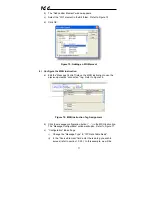
62
ICC
particular open socket experiences no activity for more than the timeout
time setting, then the interface assumes that the client or network has
experienced some sort of unexpected problem, and will close that socket.
•
Because the socket timeout determination is performed on a per-socket
basis, note that a certain degree of caution must be exercised when using
the network timeout feature to avoid “nuisance” timeouts from occurring.
Specifically, do not perform inadvisable behavior such as sending a
request from the master device to the interface, and then closing the
socket prior to successfully receiving the unit’s response. The reason for
this is because the interface will then experience an error when attempting
to respond via the now-closed socket, which will immediately trigger the
timeout action. Always be sure to manage socket life cycles “gracefully”,
and do not abandon outstanding requests.
•
If a socket timeout occurs (regardless of whether it was due to a
communication lapse or abnormal socket error), the driver will trigger a
timeout event as described in section 10.7.4.
13.1.2
Coil & Discrete Input Mappings
The Modbus TCP driver provides read/write support for coils (0X references)
and read-only support for discrete inputs (1X references). These will
collectively be referred to from here on out as simply “discretes”. Accessing
discretes does not reference any new physical data: discretes are simply
indexes into various bits of existing registers. What this means is that when a
discrete is accessed, that discrete is resolved by the interface into a specific
register, and a specific bit within that register. The pattern of discrete-to-
register/bit relationships can be described as follows:
Discrete 1...16 map to register #1, bit0...bit15 (bit0=LSB, bit15=MSB)
Discrete 17...32 map to register #2, bit0...bit15, and so on.
Arithmetically, the discrete-to-register/bit relationship can be described as
follows: For any given discrete, the register in which that discrete resides can
be determined by:
⎥⎦
⎥
⎢⎣
⎢
+
=
16
15
discrete
register
Equation 1
Where the bracket symbols “
⎣
⎦
” indicate the “floor” function, which means that
any fractional result (or “remainder”) is to be discarded, with only the integer
value being retained.
Also, for any given discrete, the targeted bit in the register in which that discrete
resides can be determined by:
16
1
discrete
bit
%
)
(
−
=
Equation 2


